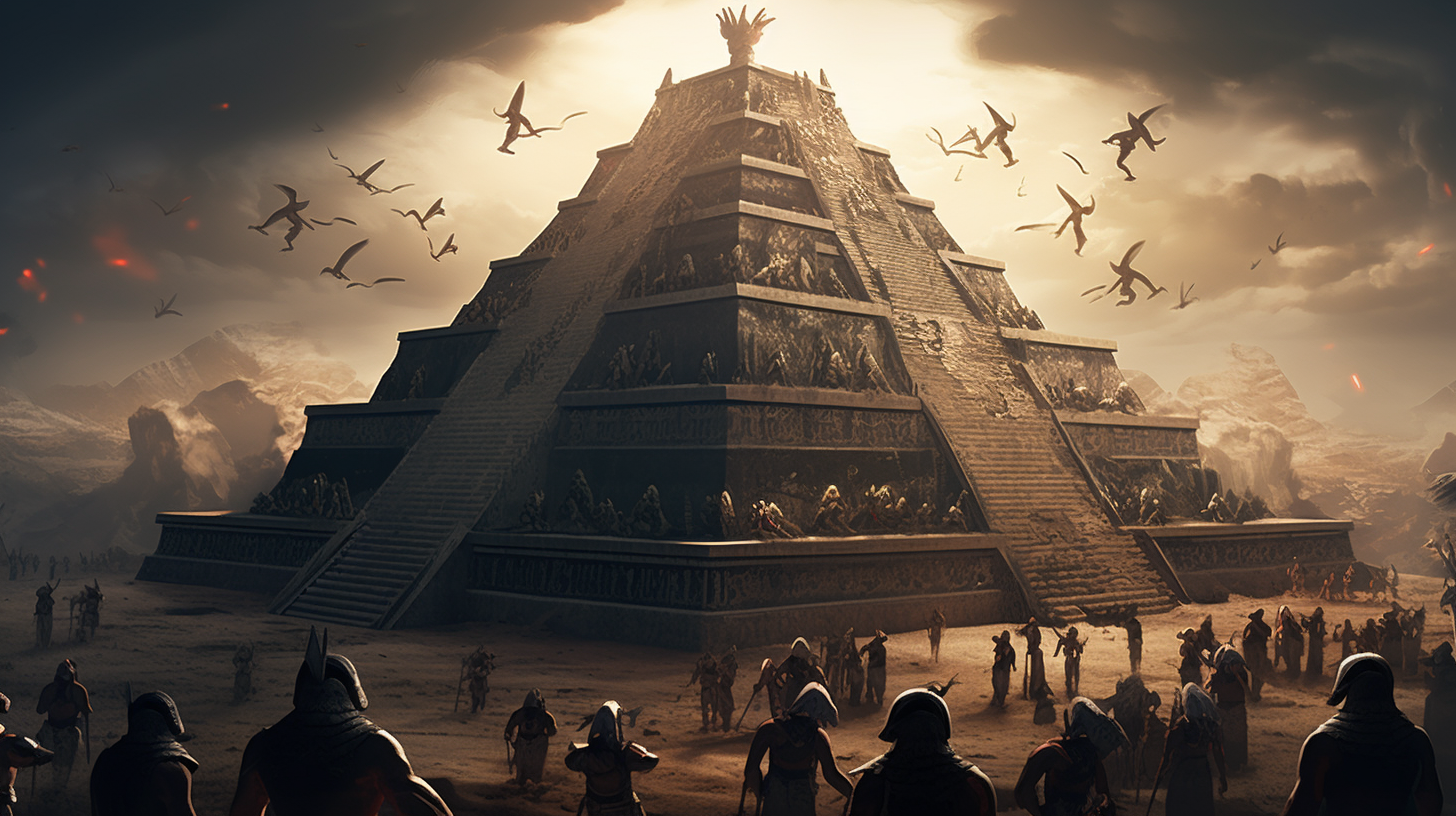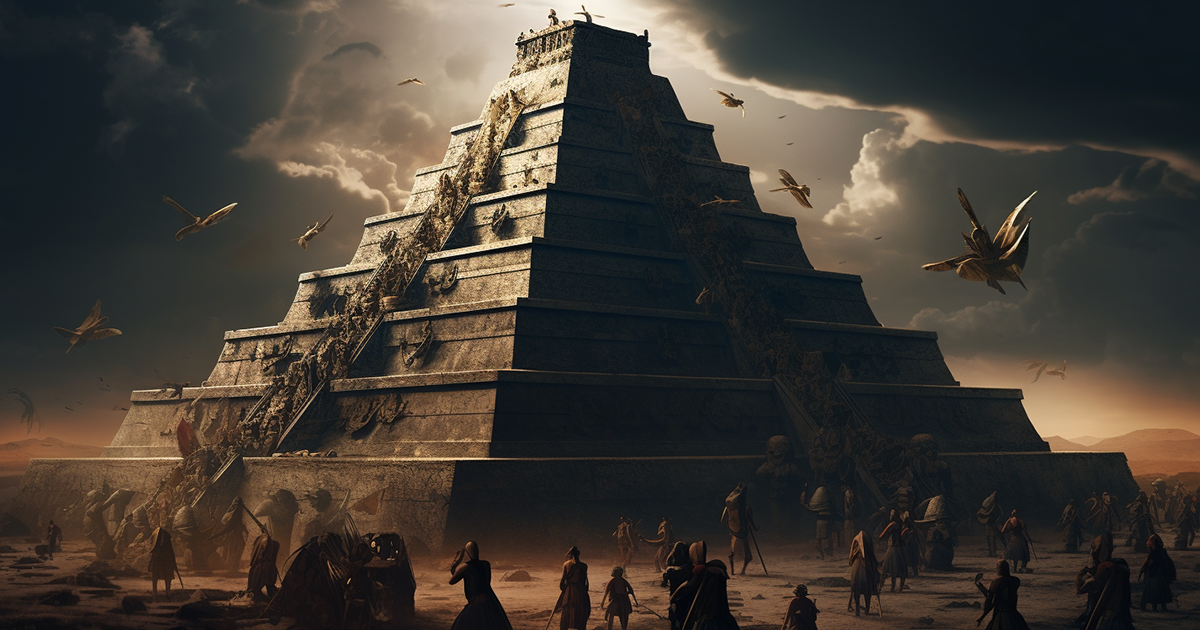Among the civilizations that have significantly impacted history, the Aztecs hold a revered place. Known for their cultural richness, remarkable architectural achievements, and intricate belief systems, the Aztecs have always fascinated the world. While their accomplishments are well-documented, there is one event from their past that shines brightly – the grand ceremony that marked the revealing of the majestic pyramid of Tenochtitlán in 1487.
Instead of just examining the usual aspects of pyramids, let’s immerse ourselves in the lesser-explored realms of Aztec history to truly grasp the significance of this extraordinary occasion. Flourishing in what is now modern-day Mexico, the Aztecs were a Mesoamerican civilization that structured their society on complex religious beliefs and customs that significantly influenced their way of life.
At the core of their belief system was the unwavering faith that their gods required appeasement for the survival of their civilization. To meet this need, they orchestrated elaborate ceremonies, with the grand inauguration of the great pyramid of Tenochtitlán standing as the pinnacle of their religious practices.

During this remarkable event, a vast number of individuals, reportedly 84,000, participated in the rituals. It’s crucial to acknowledge that the term “sacrifice” does not fully encapsulate the diverse nature of these rituals. While some were indeed sacrificed as offerings to the gods, many others willingly took on various roles.
The participants consisted of priests, warriors, and individuals from various strata of Aztec society, each fulfilling unique roles that ranged from performing dances and music to aiding in the ceremonial preparations. This elaborate ceremony was not only about pleasing the gods but also about reinforcing the social hierarchy and unity within the Aztec community.
One of the ceremony’s most striking aspects was the extensive use of symbolism. The pyramid, known as the Templo Mayor, was viewed as a sacred crossroads where the divine and earthly realms intertwined. The rituals performed there were believed to sustain the cosmic order and ensure the prosperity of the Aztec people. Symbolic gestures and offerings played a pivotal role in establishing communication with the gods.
The grand festivities at the great pyramid of Tenochtitlán serve as a testimony to the profound essence of Aztec culture and spirituality. They exemplify the depths to which they would go to uphold their way of life and their unwavering devotion to their deities. While the numbers may appear staggering, it is essential to interpret this event within the cultural context of that era rather than through modern perspectives.
In conclusion, the grand revelation of the great pyramid of Tenochtitlán in 1487 provides a captivating insight into the Aztec world. It was a multifaceted event that intertwined religious fervor, societal structure, and a profound connection to their faith. By exploring these aspects, we can cultivate a deep appreciation for the intricate tapestry of Aztec civilization and the enduring heritage it has left on history.
